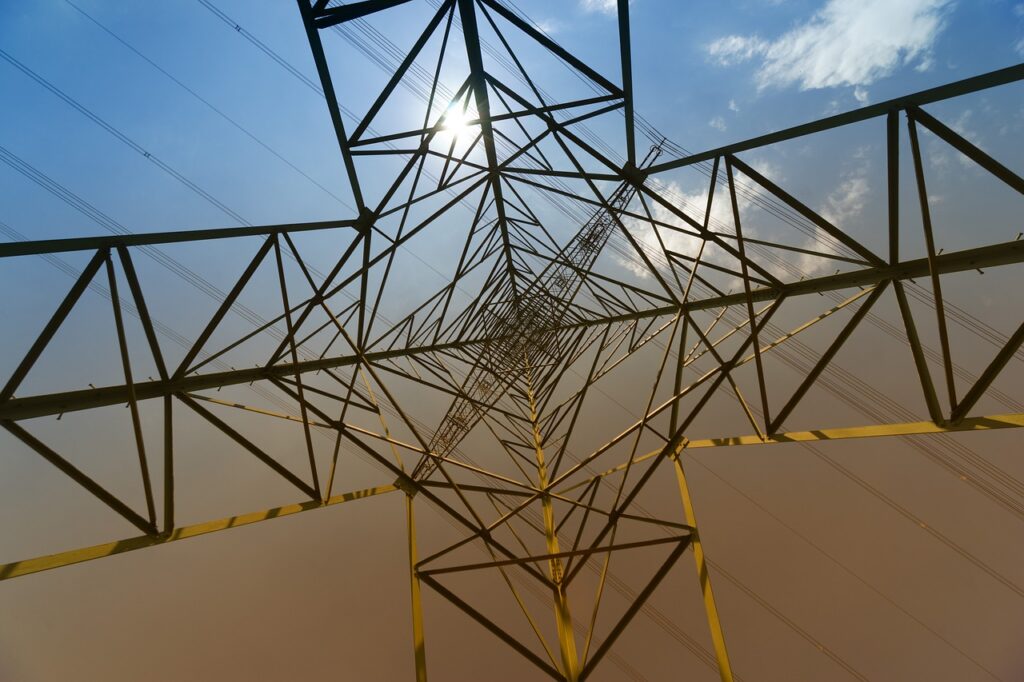The world is witnessing a significant surge in electricity demand, driven by industrial expansion, rising air conditioning usage, electrification, and the proliferation of data centers. Global electricity consumption rose by 4.3% in 2024 and is expected to maintain a near 4% growth rate through 2027.
This equates to a substantial increase in global electricity use, adding more than the equivalent of Japan’s entire consumption to the grid each year. Emerging and developing economies, with China at the forefront, are the primary contributors to this upswing.
Factors Influencing Electricity Demand
Multiple factors account for the burgeoning electricity demand. The acceleration is primarily due to burgeoning industrial output, along with heightened demand from air conditioners, electric vehicles (EVs), and data centers. In China, electricity demand has consistently outpaced GDP growth since 2020, primarily due to rapid electrification and industrial activities such as the manufacturing of solar photovoltaic (PV) modules, batteries, and electric vehicles. In 2024, China’s industry sectors consumed more than 320 TWh of electricity, equal to Italy’s annual consumption, with this trend expected to persist as the country invests heavily in electrification and green technologies.
United States sees a resurgence in electricity demand as well, contrary to the past 15 years of flat growth. This uptick is attributed to the increasing deployment of electric vehicles, air conditioners, and the growth of data centers and heat pumps. For example, demand in the U.S. rebounded significantly in 2024 by 2%, setting a new record and reversing the previous year’s decline due to mild weather and reduced industrial activity.
Electricity Generation and Emissions Trends
Global electricity generation is expected to increase significantly from 29,119 TWh in 2022 to 34,566 TWh in 2027, with renewables playing a growing role. Total renewable capacity is projected to rise from 8,543 TWh in 2022 to 13,250 TWh in 2027, reflecting a compound annual growth rate slightly above 10%. This shift towards renewable energy sources is also contributing to a decline in total CO2 emissions globally. For instance, total emissions are projected to reduce from 13,490 metric tonnes in 2022 to approximately 13,776 metric tonnes by 2027.
Regional Focus and Key Developments
The electricity demand in advanced economies is anticipated to rise after remaining stagnant for over a decade. The resurgence is primarily due to advancements in technology and increased electrification across key sectors. In Europe, for instance, total renewable energy generation is set to grow by over 7% compounded annually, while emissions decrease significantly due to a robust shift towards cleaner energy sources.
In Asia, particularly in China, electricity demand growth remains robust, driven primarily by industrial activities and a surge in EV adoption. China’s focus on electrification—coupled with increased demand from air conditioning and data centers—is transforming its energy landscape. Projections indicate that between 2025 and 2027, about half of China’s additional electricity demand will stem from industrial growth, with new energy products like EVs and batteries being key contributors.
The Demand-Supply Paradigm and Challenges
The global increase in electricity demand is creating new challenges and opportunities for energy markets. The integration of large-scale renewable resources requires updated infrastructure and market designs to ensure reliability and stability. There is also an urgent need for enhanced storage solutions to manage the intermittency of renewable sources effectively. In this context, utility-scale batteries and long-duration energy storage projects are emerging as critical components in strategies to achieve sustainable growth and energy security.
The rapid transformation of the global electricity sector underscores the importance of strategic planning and investments in renewable technologies and infrastructure. As economies continue to recover and grow, ensuring a balanced and sustainable approach to electricity generation and consumption will be vital in meeting future energy needs.





